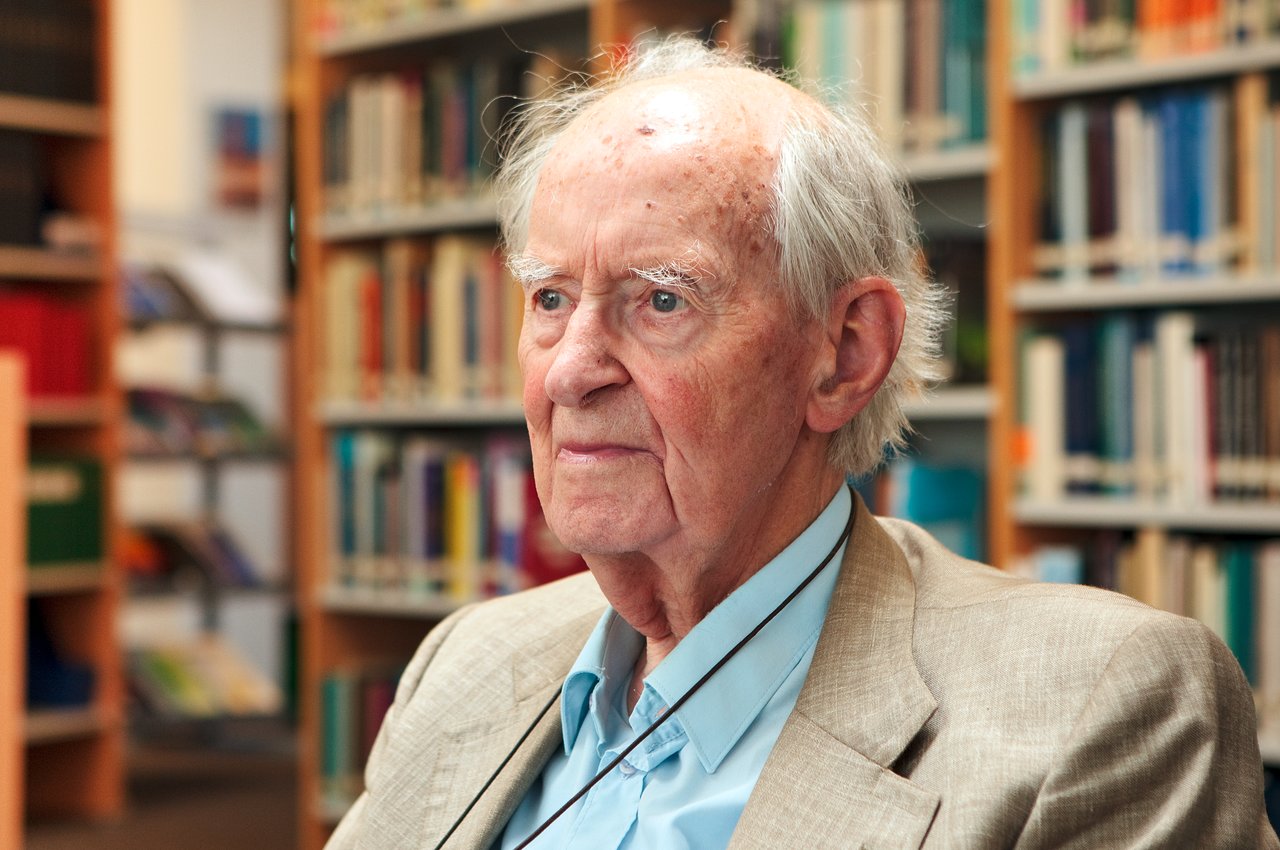The History of Professor Adriaan Blaauw
Professor Adriaan Blaauw was born in Amsterdam in 1914. He studied in Leiden and from 1938, he worked in Groningen with Professor P.J. van Rhijn. He returned to Leiden in 1945, but completed his dissertation shortly afterwards, culminating in a doctorate with Professor Van Rhijn at the UG in 1946. His dissertation was entitled ‘A study of the Scorpio-Centaurus cluster’.
Career
He worked twice for extended periods at the Yerkes Observatory near Chicago in those following years, and participated in the Leiden astronometry expeditions (accurate position measurements of stars) in Kenya. In 1953, he left for an appointment as associate professor at the aforementioned Yerkes Observatory and the University of Chicago. In 1957, he returned to Groningen to take up the directorship of the ‘Kapteyn Astronomical Laboratory'. He did so energetically and managed to revive Groningen's somewhat stalled astronomy and restore it to the prominent place it had held under Kapteyn himself.
Professor Blaauw was very closely involved in the establishment of the European Southern Observatory (ESO), which now plays an absolutely leading role in astronomy worldwide with the largest optical telescope in the world at Paranal in Chile. From 1970 to 1975, he was Director General there.
At the end of his term, he decided to go to Leiden, where he remained until his retirement in 1981. During that time, he was President of the International Astronomical Union (IAU). He also led the definition of the scientific programme for the highly successful astronometric satellite Hipparcos. After his retirement, Professor Blaauw returned to Groningen and was Professor Emeritus at the Kapteyn Institute until his death.

Research
Besides his prestigious international positions, he had continued to do research throughout his career. His professional field concerned the study of the structure of our Galaxy and the formation of stars. His main contributions were the explanation of the origin of stars moving at high speed in our Galaxy and the description of star formation in so-called associations.
After his retirement in 1981, Professor Blaauw returned to the Kapteyn Institute in Groningen. In his later years, he wrote books on the history of IAU and ESO, as well as some historical studies on Drenthe farms. He also remained involved in the study of young star groups, from ‘runners’ and their relations to pulsars and supernovae, and kept an important part in the scientific discussions at the Kapteyn Institute. Still in his last months, he gave many detailed interviews and lectures on the history of Dutch and global astronomy. He passed away on 1 December 2010.
Prof Blaauw's In Memoriam can be found here.
Blaauw lecture
Every year, the Kapteyn Institute organises the Blaauw lecture.
